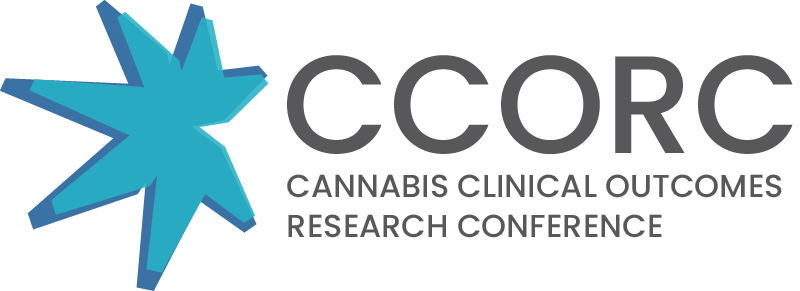 CCORC
CCORC
THE SIXTH ANNUAL
November 5 & 6, 2026
UF Academic and Research Center at Lake Nona | Orlando, FL

The Cannabis Clinical Outcomes Research Conference (CCORC) focuses on learning and sharing latest research findings, advancing medical marijuana research and promoting the dissemination of scientific evidence on the effects of marijuana, drug-drug interactions and safety. CCORC connects researchers, physicians, and medical marijuana industry leaders to promote the understanding of medical marijuana use on health.

Established in June 2019, the Consortium for Medical Marijuana Clinical Outcomes Research conducts, shares, and supports research on the effects of medical marijuana on health conditions and symptoms in Florida. Composed of universities across the state and led by a leadership team at the University of Florida, the Consortium works to contribute to the understanding of medical marijuana use on health conditions and symptoms.